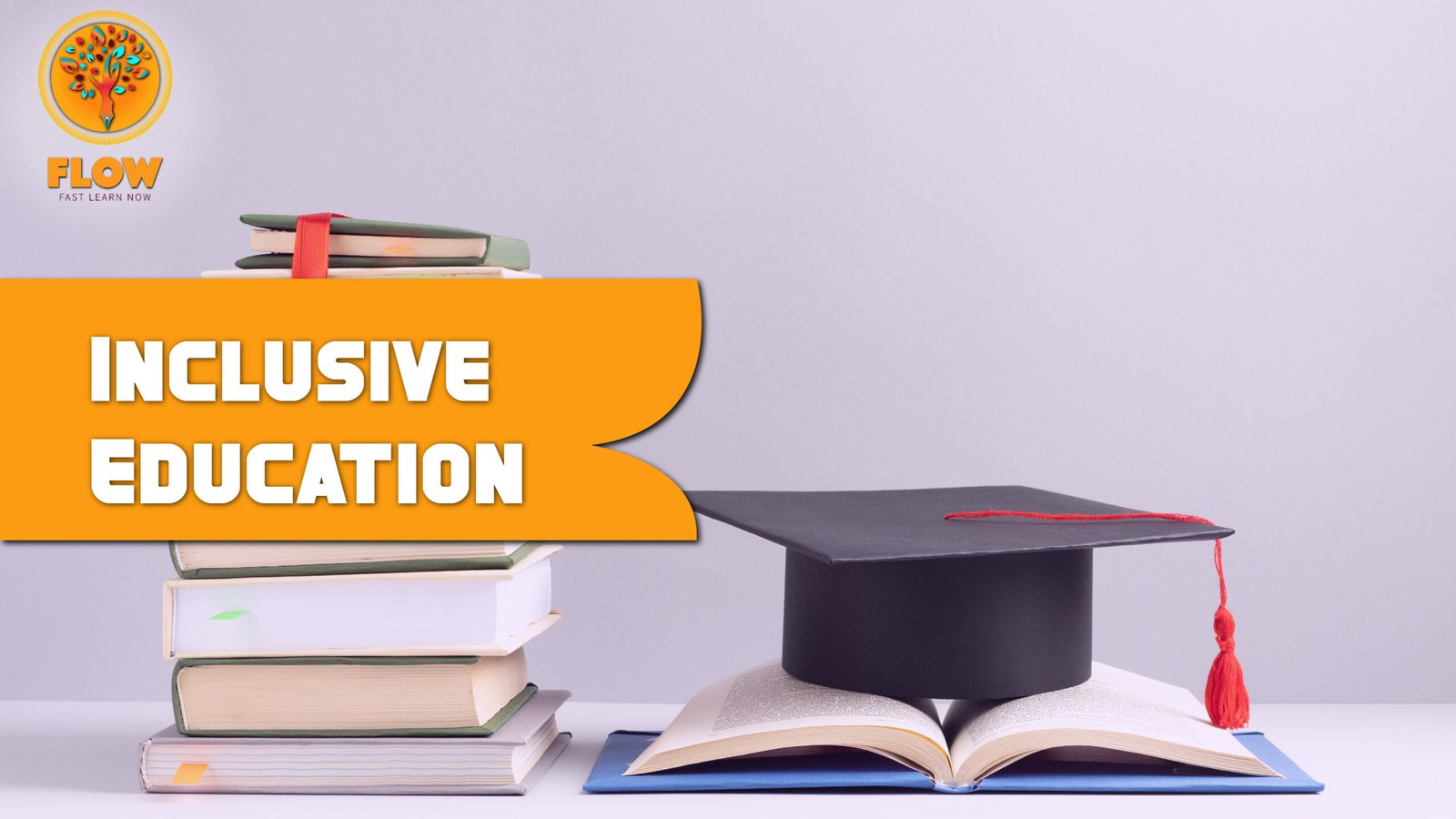Here is the detail of Inclusive Education with definition and tips to implement inclusive education in classroom.
Introduction
“Unlocking the classroom door, I stepped into a world where uniqueness thrived, stereotypes crumbled, and hearts were forever changed.”
I want to share my experience as an Educator who strongly believes in the potential of inclusion in classrooms. But first let’s explore the definition and the importance of inclusive education.
Buckle up as we dig deep into the world of inclusivity!
What is inclusive education? Let me explain it out for you in simple words. Giving each student an equal chance to learn and develop involves treating them equitably. All students, regardless of their academic skills, study together in the same classroom when inclusive education is practiced.
It’s about fostering a friendly and inclusive environment where every student may succeed. By embracing variety, customizing education to diverse requirements, and promoting cooperation, we uncover the potential of each student.
In an inclusive learning environment, we value each student’s individuality. No one is subjected to discrimination on the basis of any sort of disability or intellectual capacity. No of their language proficiency, home income, color, or gender, we think every student deserves the opportunity to succeed (Krischler et al., 2019).
Unfortunately, there are still cases when students face different treatment because of these things. However, inclusion in classrooms seeks to alter that. Every student is included and respected while prejudice is fought against.
In my classroom, I want every one of my pupils to feel encouraged, welcomed, and at ease. I am certain that I can assist each student in realizing their full potential by embracing diversity and fostering a caring atmosphere.
Not merely a catchphrase, inclusive education is a core tenet that informs my classroom practices. The goal is to create an environment where each student can be themselves without fear of judgment, where they may share knowledge and develop into kind and empathetic people.
Therefore, when we discuss inclusive education, we are referring to a method of instruction that encourages justice, equality, and acceptance. It entails removing obstacles, recognizing variety, and making sure that each kid gets the chance to be successful. That is the main goal of inclusive education (Schuelka, 2018).
As an Educator, let me take you to a journey that demonstrates the strength of inclusiveness.
On a certain day, I welcomed a new student into my class. As an autistic youngster, they were often misunderstood by society. However, I regarded their disabilities as a chance for learning and development rather than as a barrier.
I recall the other students’ tentative murmurs and enquiring looks as the student entered the room. I made the decision to use the opportunity to educate kids about acceptance, empathy, and the value of inclusion rather than letting fear or uncertainty rule my actions.
We started a voyage of exploration together. In order to meet the student’s specific communication requirements, we learnt to be patient and empathetic with them. The kids soon understood that, in spite of our differences, we were all learners travelling along the same road.
Weeks became days, and a miraculous metamorphosis occurred. Kindness flourished, preconceptions fell to pieces, and friendships were created despite obstacles that had formerly appeared insurmountable in the classroom. We had fun, learned things, and enjoyed each student’s successes together.
My experience with inclusive education has shown me that valuing variety enhances everyone’s life, not just those who are marginalized. It’s like opening a door to a place where any kid, regardless of background or aptitude, may succeed and where potential knows no limitations.
Here are a few tips for the Educators wishing to implement inclusive education in classrooms!
Embracing Every Kid
You know, each kid is unique, with various talents and places where they may need a little additional attention. Inclusive education acknowledges and embraces this variety. It’s about welcoming every kid, regardless of their talents, backgrounds, or differences. When we embrace everyone with open arms, magic occurs!
Creating a Friendly Atmosphere
In my inclusive classroom, I endeavor to establish a safe and friendly atmosphere for all my kids. I want kids to feel like they belong, that their opinions count, and that they can be themselves. We learn from one other, appreciate one another, and develop together as a team.
Tailoring Teaching to Different Needs
One size doesn’t fit all in my classroom! I recognize that each kid learns in their own unique manner. So, I employ varied instructional tactics and resources to fulfill their unique requirements. Some pupils may learn better visually, while others flourish via hands-on experiences. By changing my teaching, I make sure that every student can actively engage and achieve.
Encouraging Collaboration
Teamwork makes the dream work! I promote cooperation among my pupils because it’s fantastic to witness how they learn from one another. They exchange ideas, assist one other out, and establish friendships. It’s not only about academic advancement; it’s about creating empathy, respect, and understanding.
Removing Obstacles to Learning
Inclusive education is all about breaking down obstacles to learning. I want every kid to have equal opportunity to achieve. That’s why I employ Universal Design for Learning (UDL) principles. It involves making sure that my educational materials, activities, and evaluations are accessible to everybody. By doing so, I guarantee that no student is left behind.
Celebrating Successes
One of the most satisfying components of inclusive teaching is watching my kids succeed. I watch their academic improvement, their increasing confidence, and their love in learning. But it’s not just about grades. It’s about appreciating each tiny triumph, whether it’s a breakthrough in grasping a topic or a personal achievement. Every step forward is worth celebrating!
Building a Better Future
Inclusive education isn’t simply vital in the classroom; it’s critical for building a better future. When we welcome and appreciate variety, we build a more inclusive and equal society. Our pupils grow up to be compassionate, sensitive, and respected persons who make a good effect on the world.
Final Thoughts
Inclusive education is about so much more than simply teaching. It encompasses more than just textbooks and lesson plans. It involves promoting a climate of acceptance, empathy, and development. We open up a world of opportunities and create learning environments where each student feels respected and understood by embracing diversity. Together, let’s construct a future where every student has an equal opportunity to excel.
Let’s go out on this amazing adventure of inclusive education together, where hearts are transformed for all time and the power of inclusion reveals our way!




